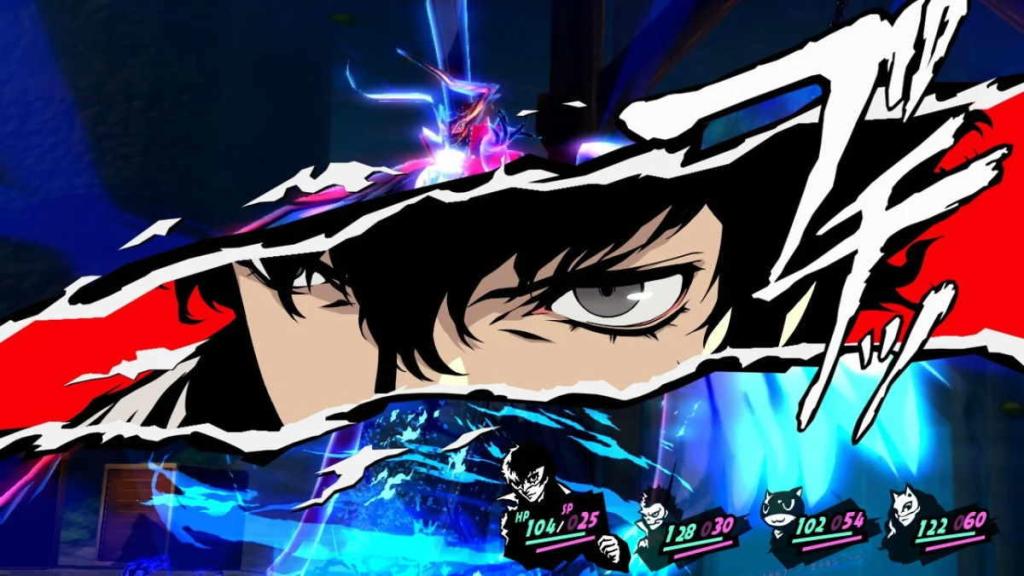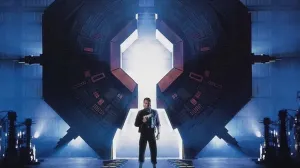I wish I had played Persona 5 while I was still a teenager. Or maybe it’s for the best that I didn’t. I love . If I had discovered it when I was visiting Hot Topic regularly, punk band patches covering the jacket I wore over my school dress code-mandated polo shirt every day, it would have been a seismic event in my life. I can see my younger self now, thinking of the perfect place to put the Phantom Thieves tattoo he would get one day for sure. I don’t know if I could have handled the obsession.
Videos by ComicBook.com
The closest I came to Persona 5 back then was Final Fantasy VII. But while Final Fantasy VII remains one of the formative works of fiction from my youth, even then, I recognized how distant it all felt, lampshaded by the impracticality of Tetsuya Nomura’s iconic character designs.

Persona 5 would have been the perfect next step. The Tokyo of Persona 5 feels much closer to home than Midgar ever did, even for an American. Yet, Avalanche and the Phantom Thieves have similar motivations, opposing those corrupted by power on behalf of those without recourse. As a self-styled rebellious youth, Persona 5 would have been a vicarious fantasy, unlike anything I’d experienced.
I’m older now than I was then, to state the obvious. I’ve seen and experienced more and am often awash in the all-too-common jadedness that comes with middle age. And yet, Persona 5 still speaks to me. In part, it’s the craft. Shoji Meguro’s jazz-inflected score is catchy in the best way, no matter how old you are. The game’s bold, coherent visual aesthetic is arresting, blending comic-book-style lettering with a red-white-black color palette in a way that infuses every aspect of it with the fun and youthful spirit of its narrative and gameplay.
But all that style would ring hollow without the substance to back it up. Creating a JRPG combat system that adheres to the most fundamental rules of turn-based battles but that somehow doesn’t feel tiresome even after 100 hours of gameplay is a monumental feat. Director Katsura Hashino and the rest of P-Studio pulled it off. They found the exact level of challenge that forces players to use their abilities, items, and every character in their roster wisely throughout dungeon exploration instead of hoarding their resources for boss battles. When familiar opponents become easy pickings, All-Out Attacks are there to cut tedious fights short. Traversing dungeons is another joy as players dive from one hiding spot to another, waiting for the perfect moment to sneak attack.
A pillar of the Persona series (which turns 25 this month, making the franchise about a decade older than most of its protagonists) has always tied strength to relationships through the Social Link system, using personal bonds to fuel persona fusion. Persona 5 takes it one step further, unlocking vital skills, some useful in combat and others outside of it, through these progressively closer relationships. It’s a clever blend of game mechanics and metaphor serving as scaffolding for the game’s narrative themes about friendship, conformity, and the difference between bucking the system and breaking it for selfish gain.
That system could have backfired if the characters in Persona 5 were irritating or boring. They’re not. They’re fun and quirky and sometimes over the top, but they’re, on the whole, incredibly likable, be it the cluelessly high-minded artist Yusuke, the shut-in hacker Futaba, or the more-heart-than-brains jock of the group, Ryuji. Or maybe Joker extends his strongest bonds outside of the Phantom Thieves’ close circle to include the hard-drinking journalist, the death doctor, or the fanboy running the Phantom Thieves’ website.

A big part of what makes Persona 5 memorable are those characters. The game casts the same spell as many mundane network sitcoms about young people living in the city, which allure audiences into repeat viewings with a sense of familiar camaraderie, like you’re visiting old friends. It’s why after spending months of in-game time (and possibly real-world time) reaching the end credits of Persona 5, many fans remain eager to return and hang out with the Phantom Thieves again. Maybe it’s starting up a New Game+ or playing through the fine-tuned or an action-oriented new adventure in . By whichever means, through the alchemy of relatable characterizations, compelling arcs, and top-notch voice performances, the Phantom Thieves seem incapable of wearing out their welcome. It’s hard to think of another linear, narrative-driven game of Persona 5‘s almost daunting length that remains as inviting to replay even as it turns five years old today.
There’s a part of me that wishes I’d played Persona 5 as a younger person when I was closer to the fiery idealism the Phantom Thieves represent. Yet, another, maybe wiser part of me realizes that I might need Persona 5 now more than I did then. It’s a lifeline, reconnecting me with that younger self that often seems distant in adulthood. It isn’t going to make me completely shed the disillusion I’ve accumulated over the years — it is, after all, only a video game. But Persona 5 will always remind me of what it felt like to be a young person ready to go to war with the world for its benefit and laughing all the while. And outside of that, it’s always a treat to reconnect with old friends.








